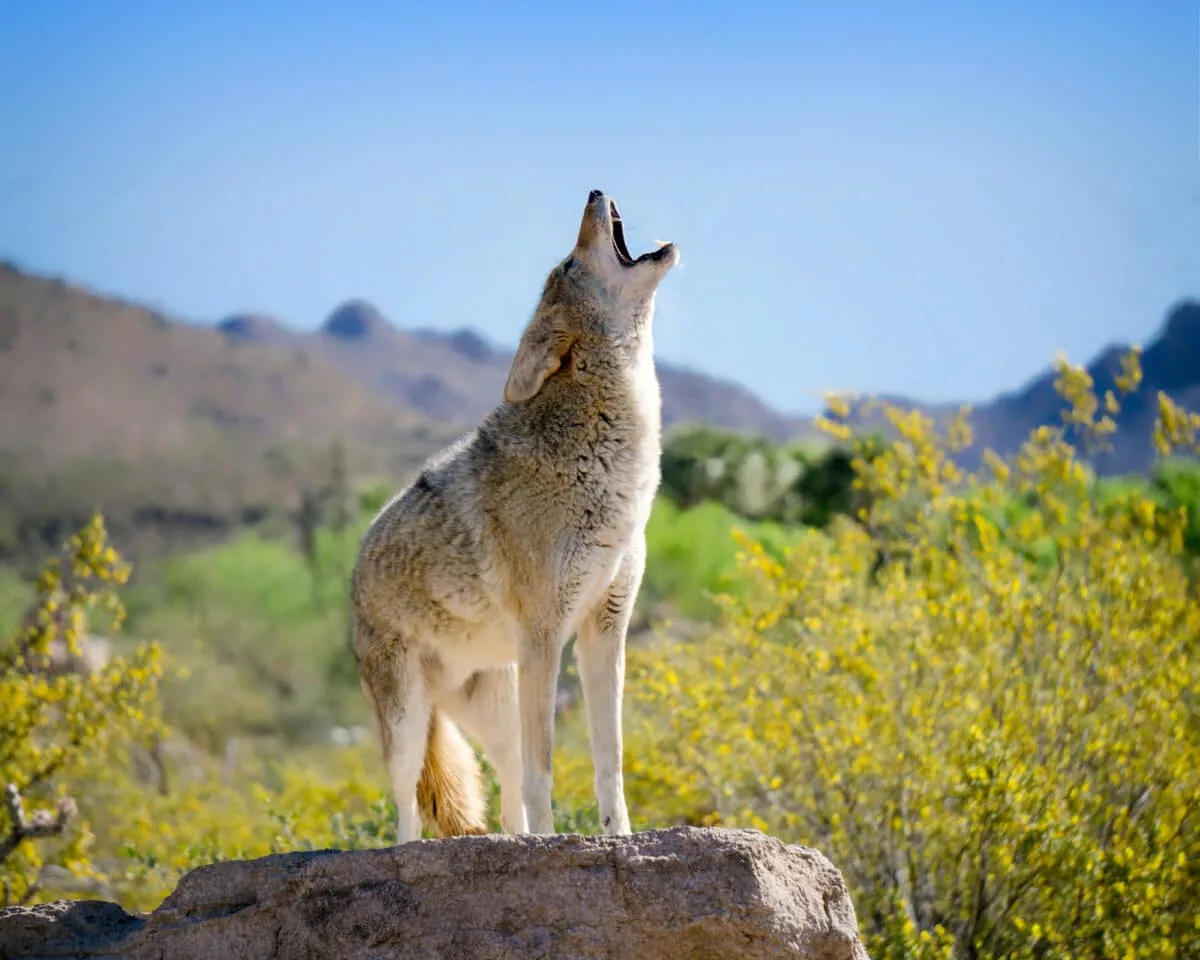Have you ever seen a coyote in Pennsylvania? You may be surprised to learn that more and more wild canines are being spotted in the Keystone State. This phenomenon has led many outdoor enthusiasts, scientists, and wildlife lovers alike to try and explore Pennsylvania’s coyote population.
Few species have had a significant impact on our ecosystem over such a short period as this one has; it’s no wonder everyone is eager to know what’s happening with them!
In this blog post, we’ll dive into the details of landscape changes relating to their presence, discuss how they interact with other species, plus look at what can be done by human communities living alongside wild coyotes.
Now buckle up–we’re off on an educational adventure about our new four-legged friends!
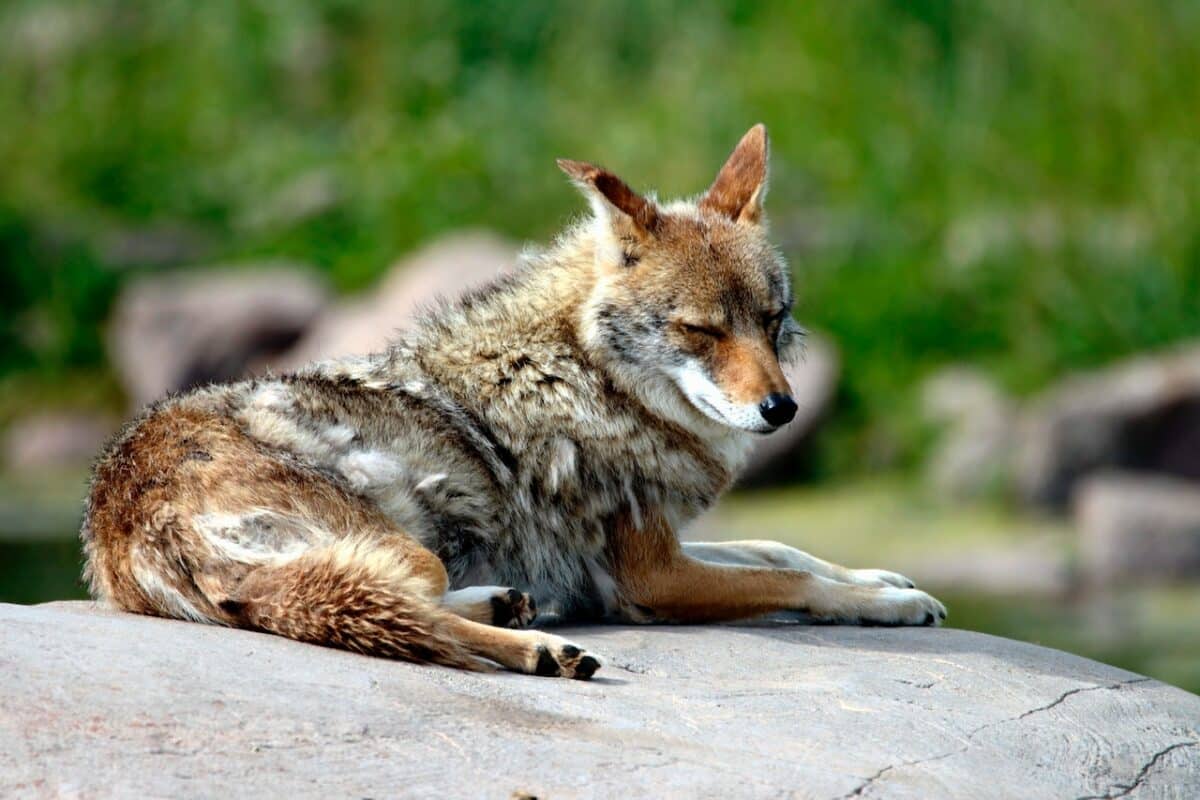
Skip ahead to any section below.
Overview Of Pennsylvania’s Coyote Population – How Many Live In The State, Where They Can Be Found?
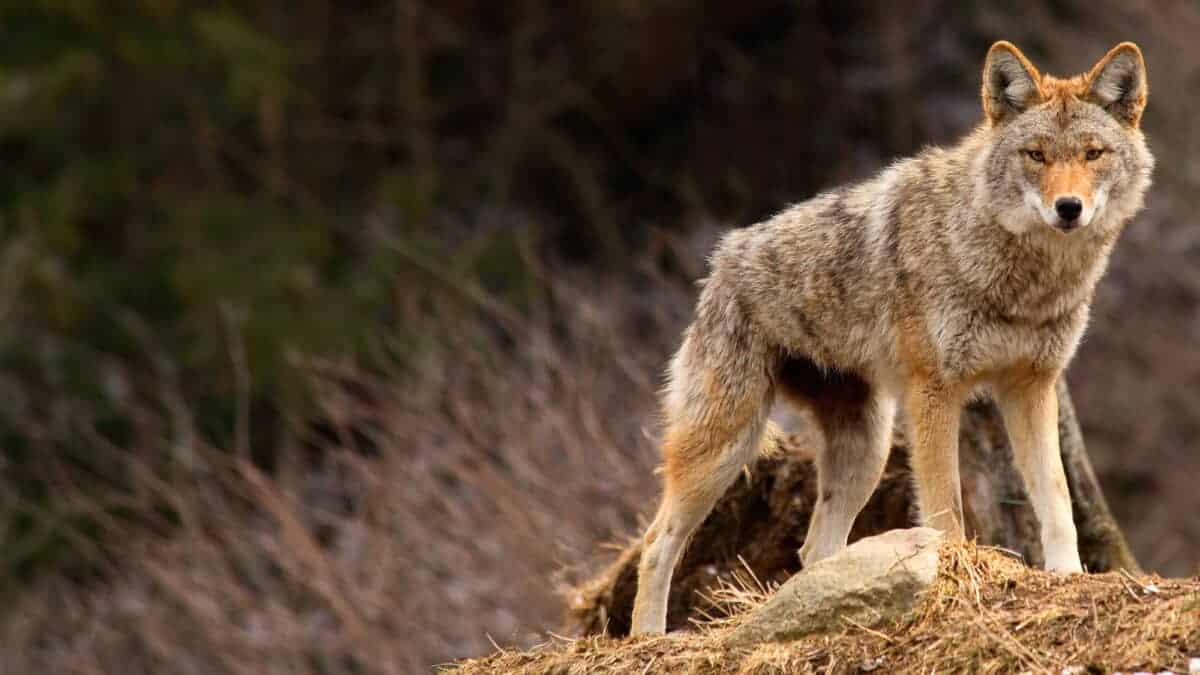
Coyotes can be found in Pennsylvania, and while it’s difficult to pinpoint an exact number, it’s estimated that there are approximately 25,000 throughout the state.
These adaptable animals can be found in various environments, including forests, open fields, and suburban areas.
Furthermore, Coyotes are most active at night, although they can occasionally be seen during the day. They are opportunistic predators, feeding small mammals, birds, and fruits and vegetables.
While some may view them as a nuisance, coyotes play an essential role in natural ecosystems and are valuable to Pennsylvania’s wildlife.
Tips For Watching For Coyotes – What To Look For And When They Are Most Active
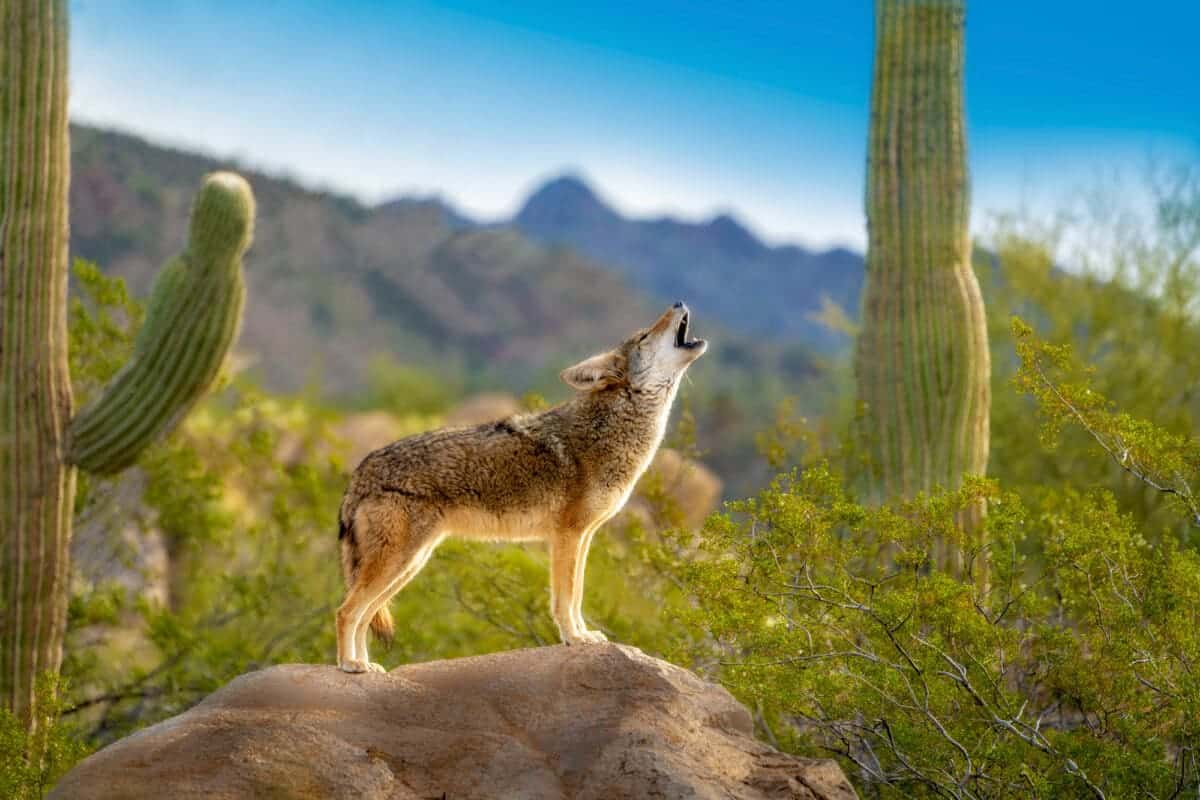
Humans often overlook nature’s subtle ways of communicating with us. However, being aware of our surroundings and spotting potential threats can make a huge difference in staying safe while enjoying the outdoors.
That is particularly true for coyotes – elusive predators known for their cunning ways. To avoid unpleasant encounters, knowing what to look for when they’re most active is essential. Coyotes are typically active at dawn and dusk but can also be spotted during the day and at night.
One way to watch for coyotes is to listen for howling, yipping, or barking sounds that they make. Also, watch out for tracks or scat on the ground, as that may indicate their presence.
Remember, while coyotes are fascinating creatures to observe from afar, it’s crucial to maintain a safe distance and never approach or feed them.
Check out: Meet San Francisco’s Urban Coyote Population.
Ways To Keep Your Property Safe From Coyotes
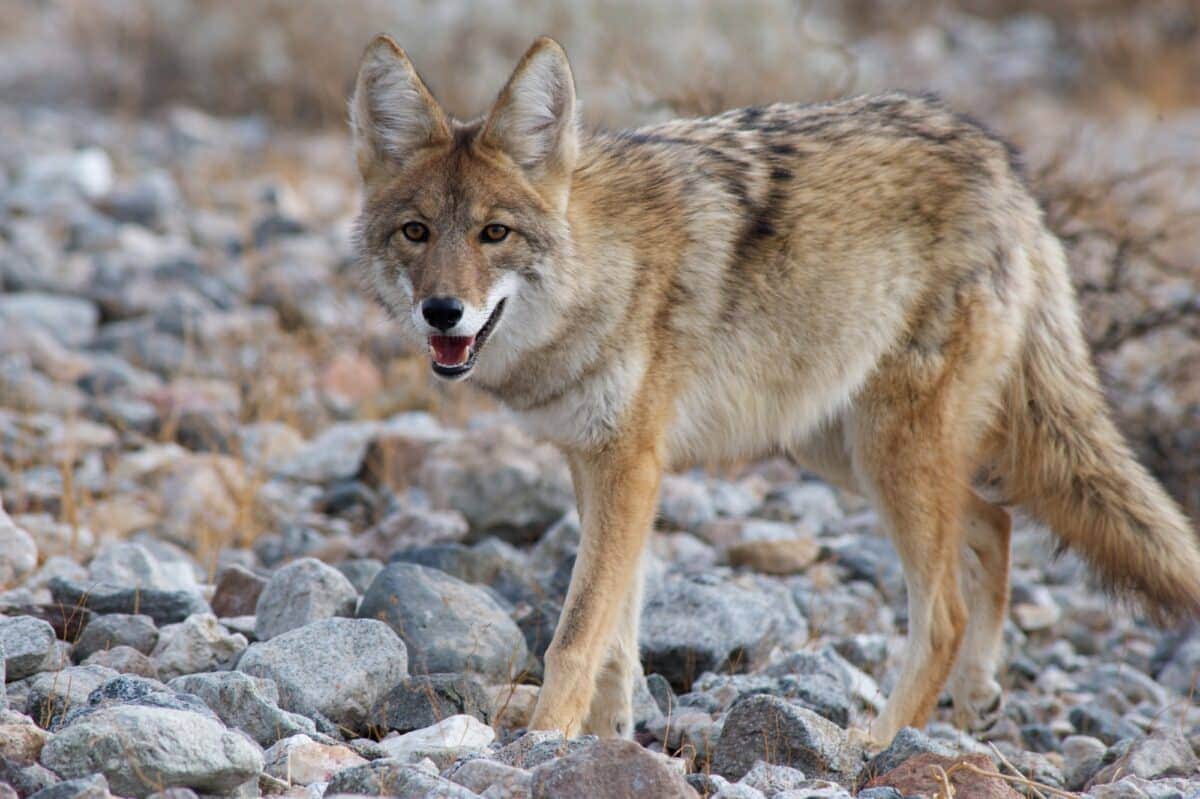
- As populations of coyotes continue to rise, keeping your property safe from these cunning creatures is becoming increasingly important. While they may seem harmless, coyotes can threaten humans and pets if they feel threatened or become too comfortable around residential areas.
- One effective way to protect your property from coyotes is by installing a sturdy fence at least six feet high.
- Additionally, noise deterrents such as motion-activated lights, loud alarms, or even a friendly dog can discourage coyotes from getting too close.
And always remember to remove any potential food sources like bird feeders or unsecured trash cans.
Common Myths About Coyotes And The Truth Behind Them
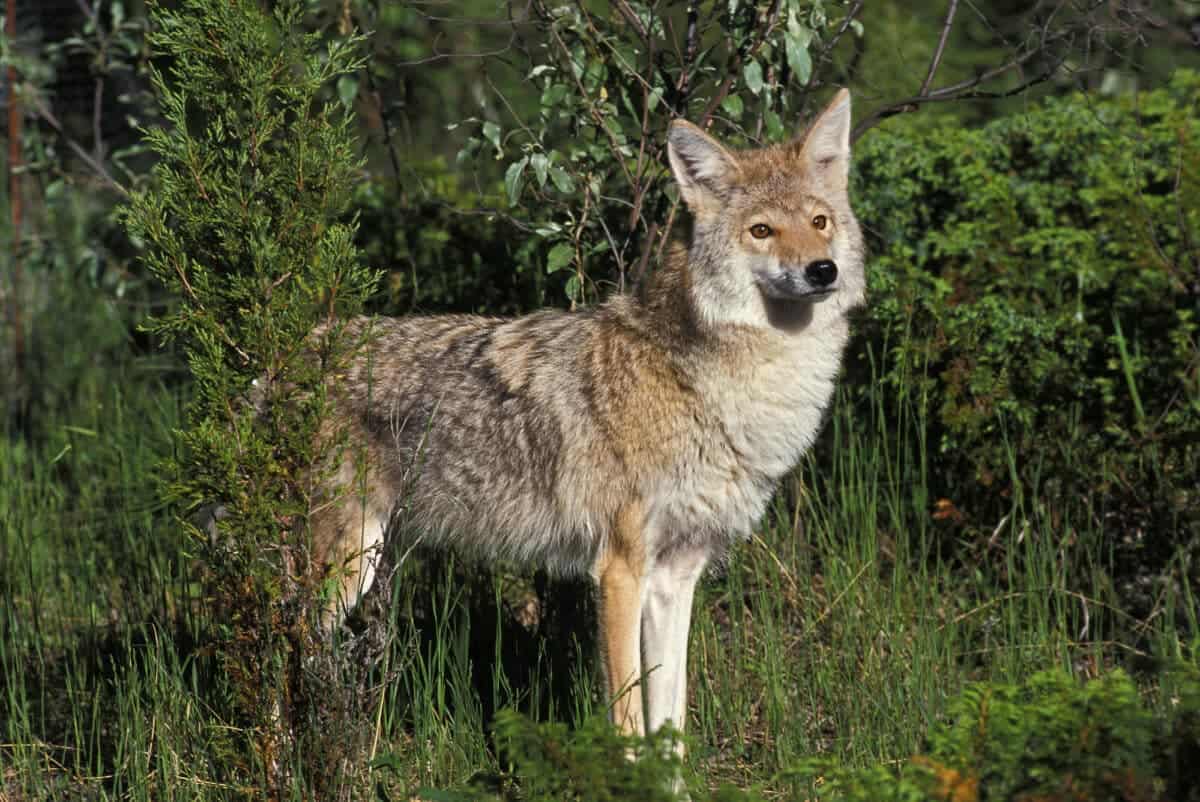
Coyotes have long been a topic of fascination for many, but unfortunately, several myths surrounding these creatures have led to their mistreatment and even persecution.
Myth #1
The most common misconception is that coyotes are inherently dangerous and aggressive towards humans. However, this is not true.
Coyotes are naturally wary of people and typically avoid interactions whenever possible.
There is a misunderstanding that coyotes travel alone but rather they travel in the form of groups.
Myth #2
Another popular misconception is that coyotes are prone to attacking and killing livestock, but studies have shown that such incidents are relatively rare.
Coyotes play a valuable role in maintaining healthy ecosystems, and their presence should be respected and protected rather than feared.
By understanding the truth about these creatures, we can all work towards fostering a more harmonious relationship with the natural world.
How Technology Is Being Used To Track And Study Pennsylvania’s Coyote Population
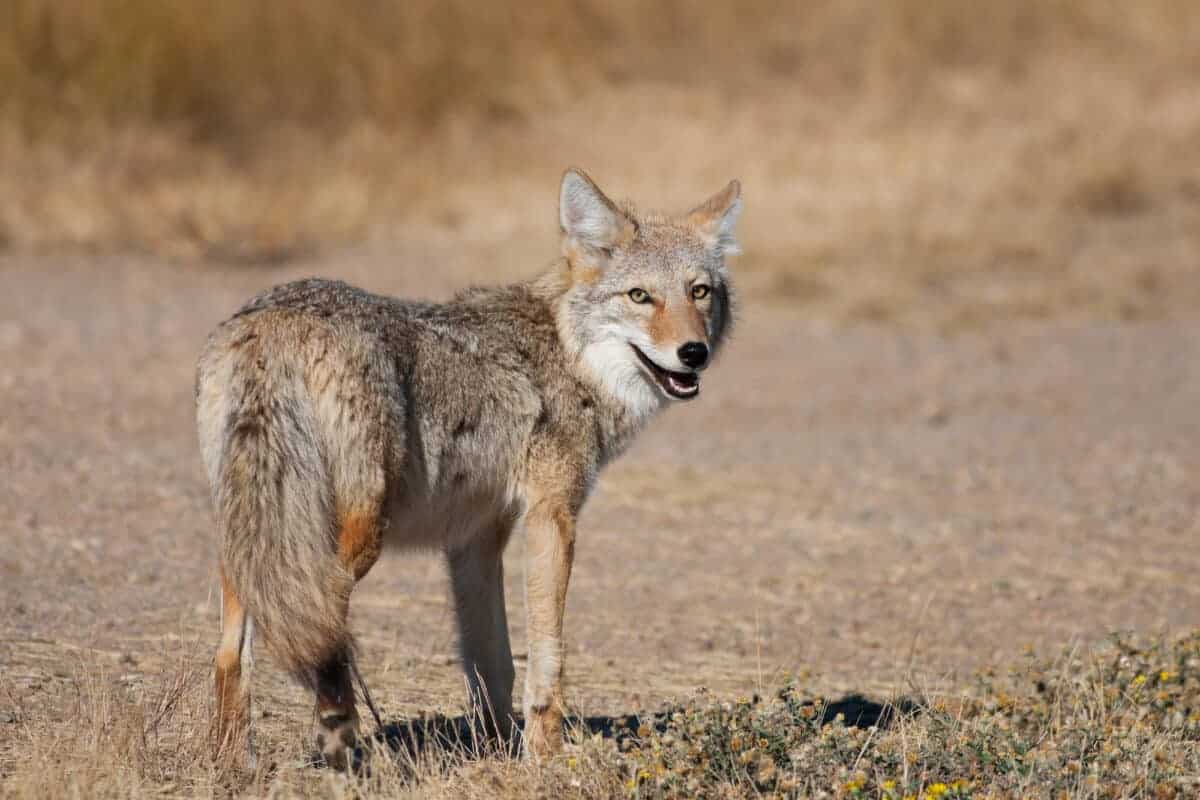
Pennsylvania’s coyote population has been a mystery for years, but thanks to technological advancements, researchers can now track and study these elusive creatures.
GPS collars, camera traps, and sound recorders are just tools used to gather data on the coyotes’ behavior, habitat use, and population density.
This information is crucial in developing effective management strategies and understanding the ecological role of coyotes in Pennsylvania’s ecosystem.
With such innovative technology, seeing what new insights will be uncovered about these fascinating creatures shortly is exciting.
Opportunities To Get Involved With Protecting Coyotes In Pennsylvania
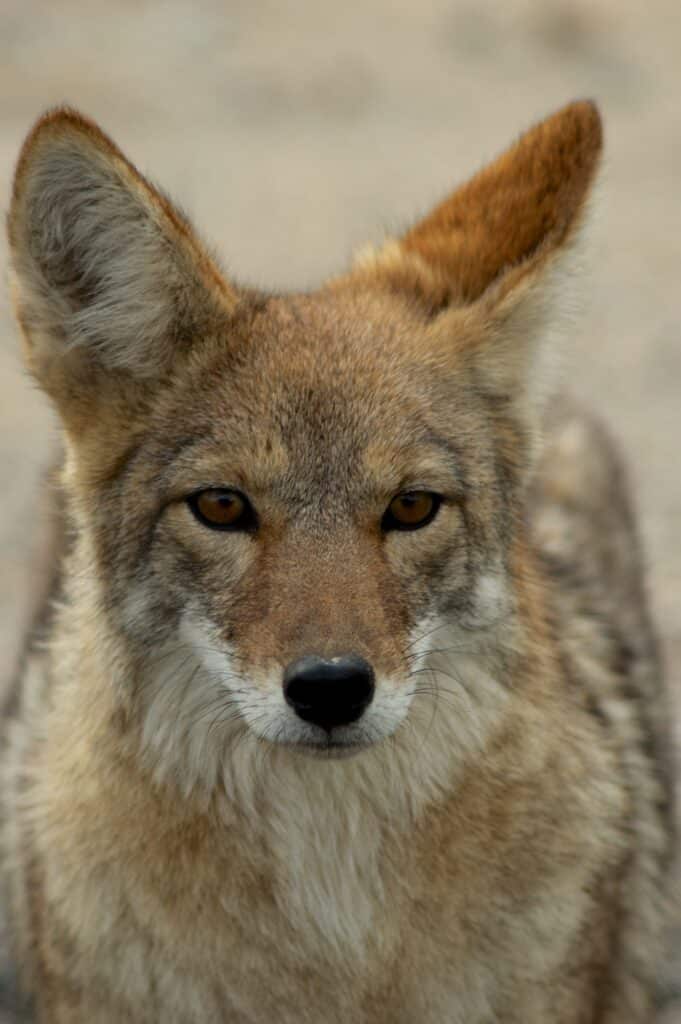
Coyotes are some of the animal kingdom’s most fascinating and misunderstood creatures. Unfortunately, their populations in Pennsylvania have been dwindling due to habitat loss and hunting.
However, there are many opportunities for individuals to get involved with protecting these fascinating creatures. Joining local conservation groups, volunteering at wildlife rehabilitation centers, and educating others about the importance of coyotes in our ecosystems are just a few of the ways you can make a difference.
We can ensure these magnificent animals continue to thrive in Pennsylvania for generations by working together.
Key Points
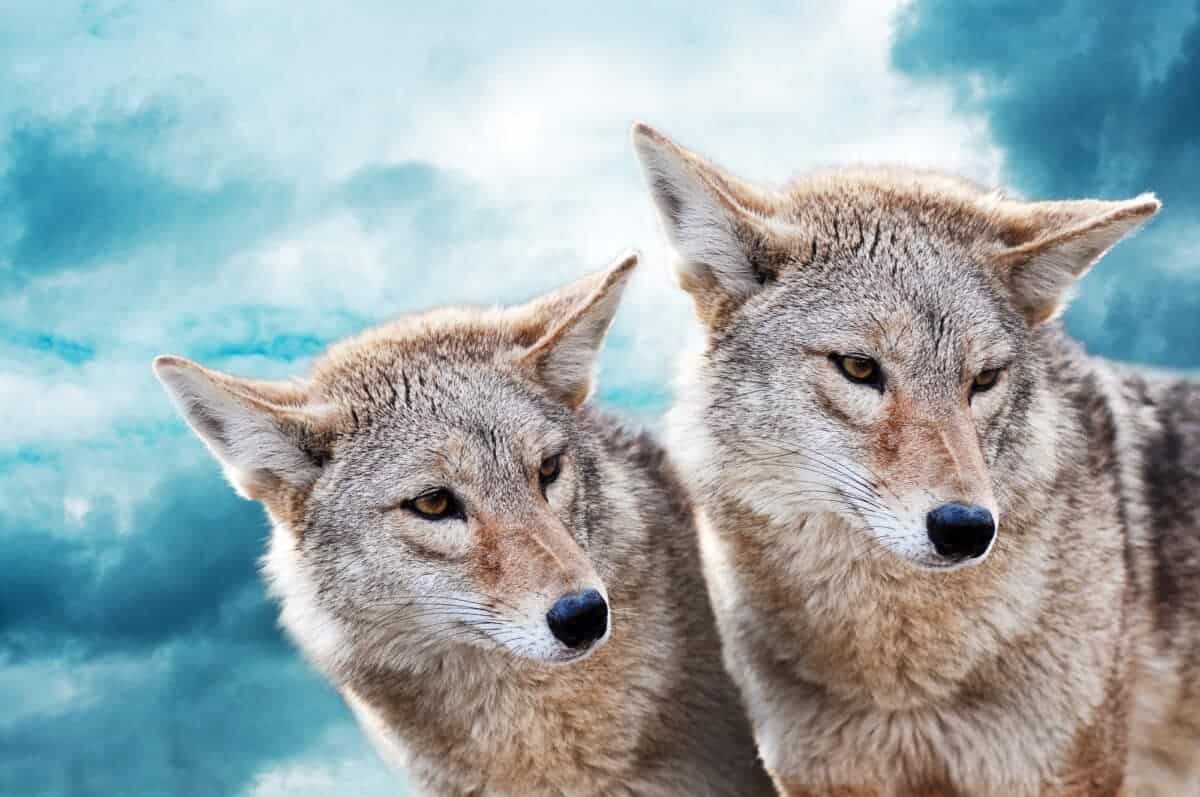
| Pennsylvania is a state with an affluent wildlife population, including a significant number of coyotes. |
| Coyotes are known for their adaptability and ability to thrive in various habitats. |
| The state’s wildlife authorities closely monitor Pennsylvania’s coyote population. |
| Coyote females remain in heat in January until breeding in March. |
| In Pennsylvania, coyotes can be found in many areas, from rural to suburban to urban environments. |
The Bottomline
Pennsylvania’s coyote population continues to increase and can be found in many areas.
Many experts warn that coyotes significantly threaten the safety of both humans and domestic animals. So, if you find yourself in a rural area with known populations, it is essential to take proper precautions.
It is also vital for us to enjoy these beautiful wild canines but still remember to keep our distance. Coyote populations are an example of how astounding nature can be, the ability of these wild animals to adapt to multiple different environmental conditions is genuinely humbling.
Taking time each day or week to more fully explore nature and its inhabitants can introduce us to stunning moments filled with adventure and awe. As you go on your next journey, bask in the beauty of all wildlife around you and ensure everyone remains safe.
If you enjoyed this article, check out these related articles!
Gorilla versus the Cape Hunting Dog, Gorilla and the Brown Bear, and Clash Of The Titans: Gorilla compared to the Black Rhinoceros.
- Dwayne “The Rock” Johnson Vs. Silverback Gorilla - October 20, 2024
- Bear Cubs Rescued from Huge 70ft Tree in British Colombia - October 20, 2024
- Brave Cat Saves Chicken From Mischievous Fox - October 20, 2024

